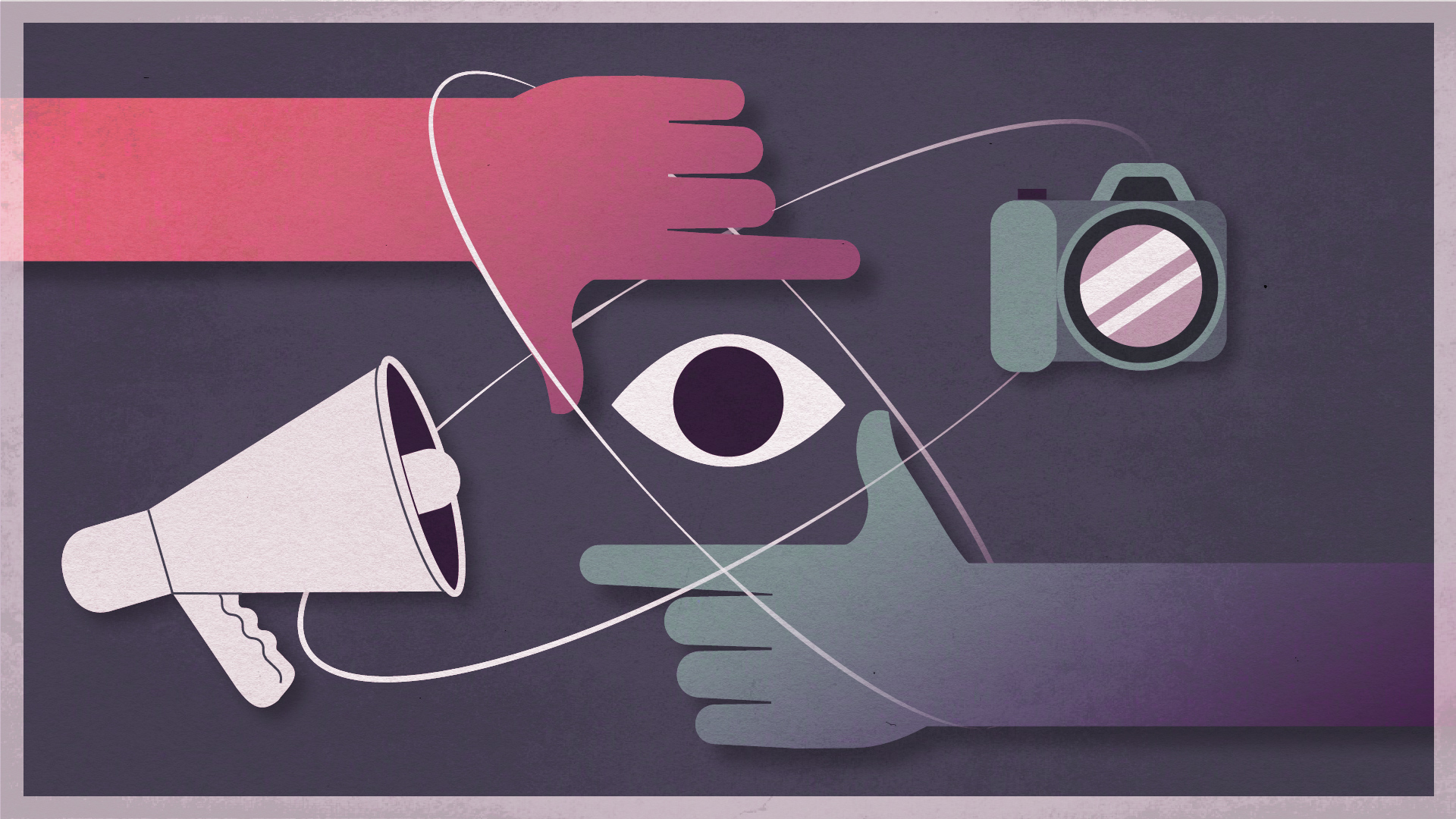In my first report to the U.N. Human Rights Council, I quoted the Senegalese philosopher, Souleymane Bachir Diagne, who warned that, in his view, democracy is threatened by the fragmentation that produces the retreat into micro-identities and the resurgence of ethnicism. I was also influenced by Elsa Stamatopoulou, a leading figure in cultural rights, who wrote some time ago that if we had convinced policymakers to "pursue the promotion and protection of cultural rights, we would have [...] gone a long way [...] towards creating [a situation in which we] would focus less on the identities that divide us and more on the many cultures we share and enjoy."
I think that's the real challenge — to be able to adequately reference, within the human rights paradigm, both our differences and commonalities. I think we have to remember that we all belong to one of the most important identity groups, which is what the Universal Declaration of Human Rights calls “the human family.” We have to recognize the dynamic and important relationship between universality and cultural diversity.
In recent years, we’ve seen a significant upswing in ethnonationalist ideas and increasing emphases on monolithic national cultures. How can International Cultural Relations initiatives best challenge this kind of ideology, especially when those initiatives tend to operate within the framework of nation states or international organizations?
Bennoune: It is important that International Cultural Relations is not understood as the meeting of completely separate cultural monoliths that are different from each other but internally consistent. Every human culture is the product of cultural mixing, syncretism, blending, combining, merging of various cultural elements over time. These forms of cultural borrowing and cross-fertilization and hybridity of cultures are universal. I think about the words of the Palestinian cultural theorist Edward Said, who wrote that “all cultures are involved in one another; none is single and pure, all are hybrid, heterogeneous, extraordinarily differentiated, and unmonolithic”. I think always trying to portray that in work in the cultural sphere, including in the field of International Cultural Relations, is critically important.
Those ideas around hybridity and borrowing are very much at play in debates around cultural appropriation. How do you approach this issue?
Bennoune: It is such an important question. I would say that one of the things that I have stressed is that cultures do not always mix on a level playing field. There have been some awful contexts in which cultural borrowing has occurred in the past, including various forms of hegemony and colonialism, and that history needs to be surfaced, identified, and recognized.
In looking in more detail at claims about cultural appropriation, I would say that the critique is sometimes employed very legitimately to advance this work — to remind us of exploitation and accountability, and to advance cultural rights, including by defenders of the cultural rights of minorities and indigenous peoples, in particular where it concerns the commercial exploitation of their cultural achievements, the erasure of their cultural achievements, or the outright theft of those achievements. This is particularly important given the history of pillaging of artistic and cultural masterpieces from the Global South. Today, 90% of the material cultural heritage of sub-Saharan Africa is still preserved and housed outside of the African continent. I strongly support appropriate steps taken towards possible restitution or repatriation.
At the same time, I am concerned about the misuse of this concept of cultural appropriation to suggest that there are very simple, non-porous cultural borders. For example, there is this famous case of a young person in the United States who wore a Chinese qipao dress to her high-school prom and was vilified on social media for allegedly having engaged in cultural appropriation. Paradoxically, it was primarily social media users from China who came to her defense.
I think if we are telling young people that it is inherently offensive to wear the dress of other cultures, to engage in artistic borrowing and mixing and cultural exploration, then we are reifying ideas about homogenous cultural identity that are problematic. I think it is always important to be thoughtful and mindful, to give credit and recognize those who have made or created or contributed to the aspects of culture that you are seeking to enjoy and participate in, to use and display. But I would be sorry if we lost the chance for cultural experimentation and the right to enjoy and engage with the cultures of others in ways that are human rights-respecting.
You framed your keynote speech with the emergence of International Cultural Relations (ICR) since the 1980s. How is ICR distinct from traditional cultural diplomacy?
Bennoune: I think traditional cultural diplomacy was in some ways already a step forward, bringing the cultural dimension into transnational relations. But sometimes, in those classical approaches, culture was seen as a site of power, deployed by states for their own purposes. Today we often hear people referring to these kinds of cultural initiatives as examples of “soft power”.
[I urge that we systematically infuse ICR] approaches with insights from the field of human rights, including cultural rights.
These kinds of projects are very complicated. We see competing visions, competing interests, and approaches that were not committed to global equalities or rights, including cultural rights. Indeed, they sometimes operated through exploiting inequalities, consciously or unconsciously, and certainly through being silent about certain aspects of human rights that were seen as inconvenient.






